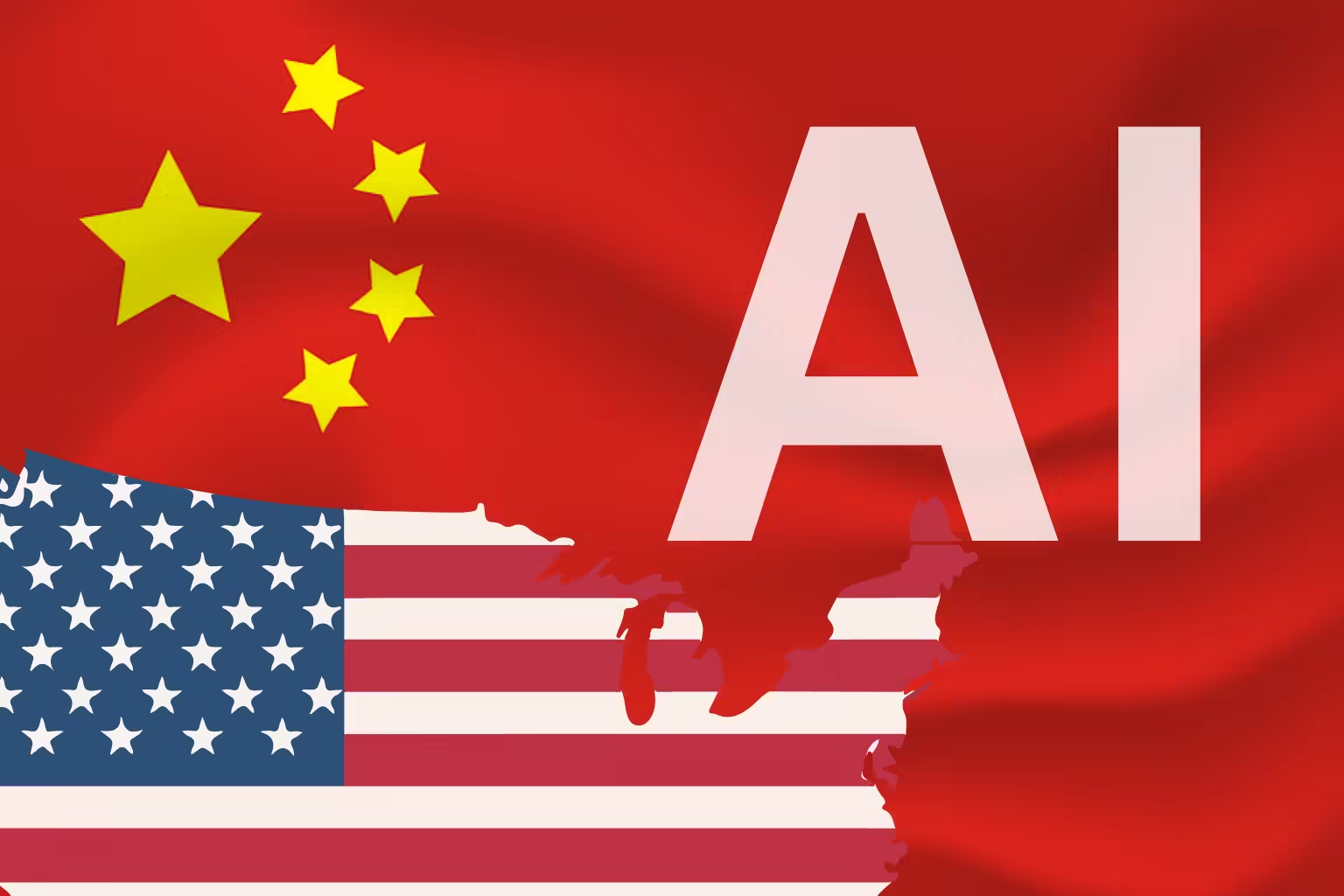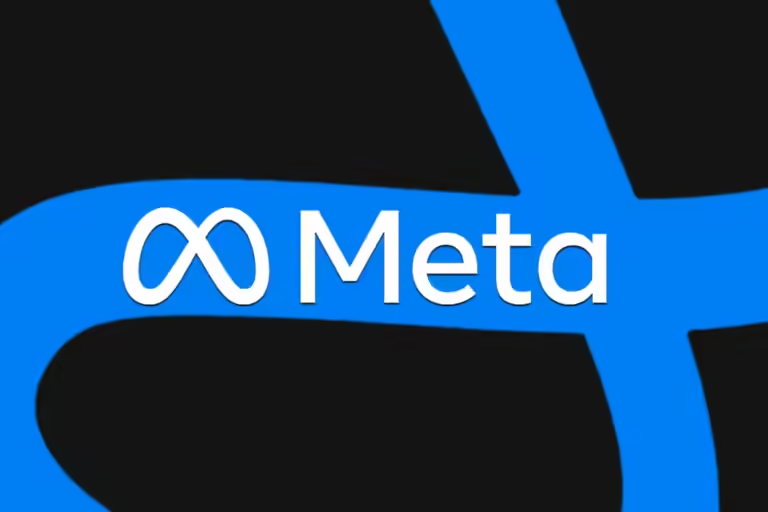
China’s AI Boom: Outpacing U.S. Chip Sanctions with Innovative Strategies
Chinese AI companies are advancing rapidly despite U.S. chip restrictions. By leveraging innovative methods like reinforcement learning and “mixture of experts” models, they are narrowing the gap with global leaders like OpenAI.
Chinese artificial intelligence (AI) firms are rapidly progressing, narrowing the gap with global leaders like OpenAI, despite U.S. sanctions restricting access to advanced chips. By leveraging innovative methods, these companies are proving that cutting-edge AI development is possible without top-tier hardware.
The U.S. has made it very hard for China to get high-performance chips since October 2022. This is to stop China from making AI advances. However, Chinese businesses have changed and now use strategies such as reinforcement learning and specific sub-models to improve performance without using high-tech chips.
End of 2024, Chinese companies like DeepSeek and Moonshot AI showed off AI models that were similar to OpenAI’s advanced “thinking model,” o1. DeepSeek showed off the power of its large language model by solving hard math problems, allegedly coming very close to matching o1. Moonshot AI also released a model that was very good at math and impressed experts.
Chinese companies say they’ve made a lot of progress, but it’s hard to be sure because there aren’t any universal standards. DeepSeek’s model was about as accurate as OpenAI’s on the American Invitational Mathematics Examination (AIME), but it was a little slower. Even with these small problems, the progress is impressive, since AI systems in the past had a hard time with these kinds of jobs.
Chinese AI companies have switched to different approaches, such as the “mixture of experts” (MoE) model, which uses specific sub-models to lower the amount of resources needed. Tencent’s MoE model, which came out in November, is said to be competitive with Meta’s Llama 3.1 while using less computing power. This shows how clever China is.
The Chinese AI industry is actually in good shape but competitors globally are building the next generation computing platforms based on the latest chips. Currently, Amazon and xAI are developing appliances that are more than a computer, and they are building supercomputers. This puts a lot of pressure on Chinese companies that use older and less efficient gear.
But this does not mean that Chinese companies such as Zhipu AI are not able to attract funding; they are, albeit with smaller numbers. Just one year ago, Zhipu was valued at $3bn and this is quite illustrative of the fact that it is still difficult for Chinese companies to conduct business in a place that is still uncertain.
The AI business of China reveals how muscular and inventive the country is. While global problems are always big issues, Chinese firms are bucking the odds and advancing AI as they use new methods and sources with greater efficiency. With accelerating competition for AI around the world, China’s solutions are accumulating a solid foundation for China’s AI prospects.


